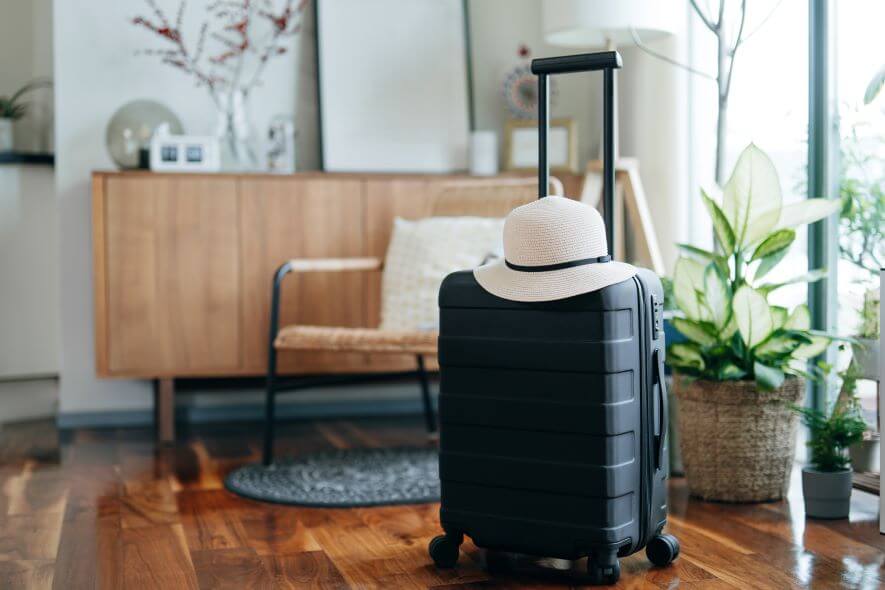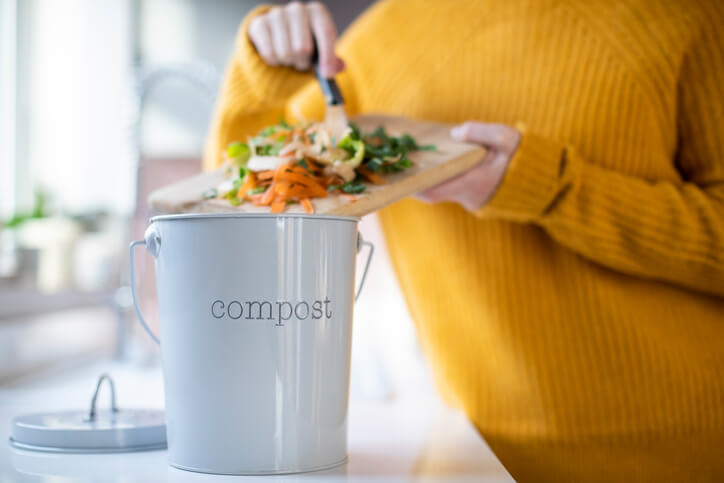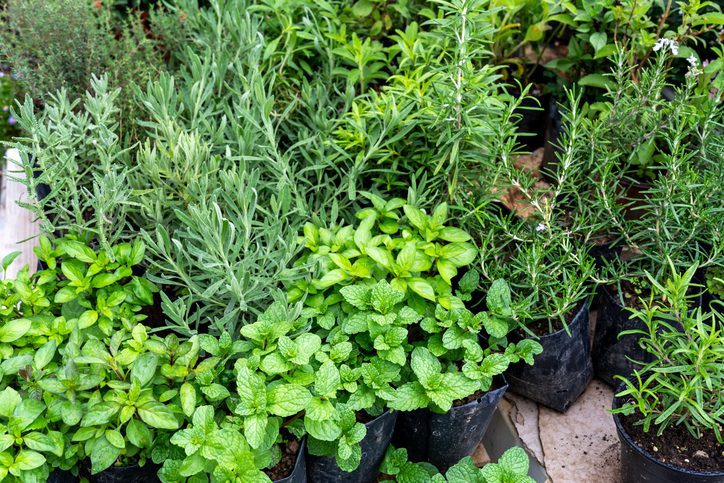Do you have a newly empty nest? Or perhaps you leave your home sitting vacant for long stretches when you travel? If you’ve got more space than you need at this stage of your life, you may be able to use your biggest asset to earn extra cash.
Older adults are the most rapidly growing segment of hosts on popular vacation rental platforms. In fact, adults 60+ make up over 400,000 hosts on Airbnb. According to AARP, the average 60+ host earns about $8,000 a year, though the earning potential can be higher depending on the property. If using your home to generate an extra income stream sounds good to you, then read on for simple tips on getting started with a vacation rental.
“When you’re just starting out, you’ve got to think of the reality and practicality of sharing your space with someone you don’t know,” says Kiera McGrath, CEO of The BnbBible, who works with rental hosts to help them improve their listings and get more bookings. The majority of her clients are based in the United States, and they rent their homes on a variety of vacation rental platforms.
If you’re interested in subsidizing your travels or just bringing in a little extra income, here’s a step-by-step guide to turning your home into a vacation rental.
1. Evaluate Your Space and Your Options
One of the first decisions you’ll need to make is determining which part of your property to rent.
For example, you may be able to rent out:
- A room in your home
- A guest cottage or mother-in-law suite
- A tree house, travel trailer or other unique space on your property
- Your entire home
The right choice for you depends on your home size and layout, how much interaction you want with guests and whether you travel often or have a place to stay if you rent out your whole home.
If you rent out a shared space, such as a guest room, or rent your entire home while you travel, you’ll have to consider your own privacy and security. It also takes time and work to stash away your personal belongings each time you host a guest.
Airbnb host Lyrva Garza, who owns the Rustic ‘N Chic Studio vacation rental in Glendora, California, bought a home with a guest studio so she could rent to guests while maintaining a separate living space of her own. She has a corner lot with an alleyway, so guests enter on their own side of the property. “I love hosting,” she says. “It’s just so easy because I’ve got the perfect setup for me.”
Tip: McGrath recommends creating separate spaces in your home inexpensively with a temporary wall or by adding a strong lock on a door.
2. Spruce Up Your Space for Hosting
You may get more bookings if you do a bit of work on the interior design and curb appeal of your space.
This could be as simple as putting up some art, buying colorful throw pillows and planting a few flowers—or it might require a bigger investment. If design is not your strong suit, choose a theme based on the personality of your space. For example, Garza increased bookings by rebranding her place, using its rustic and vintage elements as inspiration. She used a mood board for inspiration and kept decor simple. “You can just get a few things to tie everything together—a few pillows or some blankets,” she says. “You can purchase more items as you start to make money.”
Tip: Check out chain stores like Target to see what type of decor is in style now, McGrath suggests. Use these looks for inspiration on a budget.
3. Stock Up on the Hosting Necessities
No matter what rental setup you choose, you may need to buy a few items to get your space ready for guests.
Common initial investments include white guest towels and sheets, extra dishes and household items like a blow dryer. You may also need to stock up on consumables and supplies such as snacks, coffee, creamer, shampoo, conditioner, body wash and cleaning products. You may also need a new couch or an extra bed.
Keep in mind guest expectations around cleanliness and crisp linens. “You can’t just drag your old towels out of the hall cupboard and expect guests are going to be satisfied,” McGrath says.
Tip: Check out Airbnb’s list of guests’ top amenities to help you decide where to invest before you start renting your space.
4. Check on Local Laws and Tax Issues
Contact your city or local government entity to see which rules and requirements apply to short-term rental hosts. Some cities may require applications, inspections and licensing, while others have no rules.
Also talk to your insurance agent and tax professional to avoid surprises. For example, some home insurers may not allow vacation rentals on your property, and you will need to pay income taxes on your vacation rental income, unless you rent your personal home for fewer than 14 days in a year. Finally, meet with a financial professional who can answer your questions and help you set up a record-keeping system, or even a simple spreadsheet, to track your expenses and income. You’ll need to plan and budget for your vacation rental operating expenses, including cleaning, landscaping, insurance, property taxes and utilities.
Tip: Ask your tax pro if you can deduct vacation rental startup costs on your income taxes.
5. Choose a Vacation Rental Platform
There are a number of hosting platforms available for promoting and booking your listing, including Airbnb, Booking.com, Vacasa and VRBO.
It’s smart to share your listing on just one vacation rental platform to start, instead of cross-posting it to multiple sites. Platform algorithms tend to favor rentals with greater availability when determining which properties to showcase in search results, McGrath says.
It’s also a good idea to read through each platform’s hosting information and rules before you decide where to list. The platform you choose will ultimately depend on your personal preference and where you’re located. “For some reason, VRBO does really well in Colorado,” McGrath says. “It really depends on the demographics.”
Tip: Search your area on various platforms to see which ones are most popular with hosts and guests where you live.
6. Showcase Your Space With a Great Listing
An eye-catching listing that accurately reflects your space is key to vacation rental hosting success, McGrath says. She recommends adding 30 to 45 well-lit photos with a mix of wide-angle shots, close-ups and lifestyle photos.
“That’s the only way you have to connect with people who are looking for a place to stay,” she says.
And don’t try to hide flaws, Garza adds: “Whatever your weaknesses, spin them as something unique to your property.” For example, her guest unit was built in the 1940s and has a tiny shower that’s original to the space. When she rebranded her listing, she edited it to clearly show the shower in photos, dubbing it a “petite vintage shower.” Guests who are drawn to quirky and rustic features book her place, and they don’t show up expecting a walk-in spa shower. “It really helps to set expectations,” Garza says.
Tip: Know your guest demographics, including age and income, and cater to them in your listing, McGrath recommends.
Keep in mind that your space doesn’t need to be perfect from the beginning, and it can evolve over time. “It doesn’t have to be luxury, it doesn’t need to be high-end,” McGrath says. “Focus on hospitality, cleanliness and comfort.”
This content is made available for informational purposes only. The Hartford assumes no liability or responsibility for any injury or damage suffered as a result of the use of any information made available.






